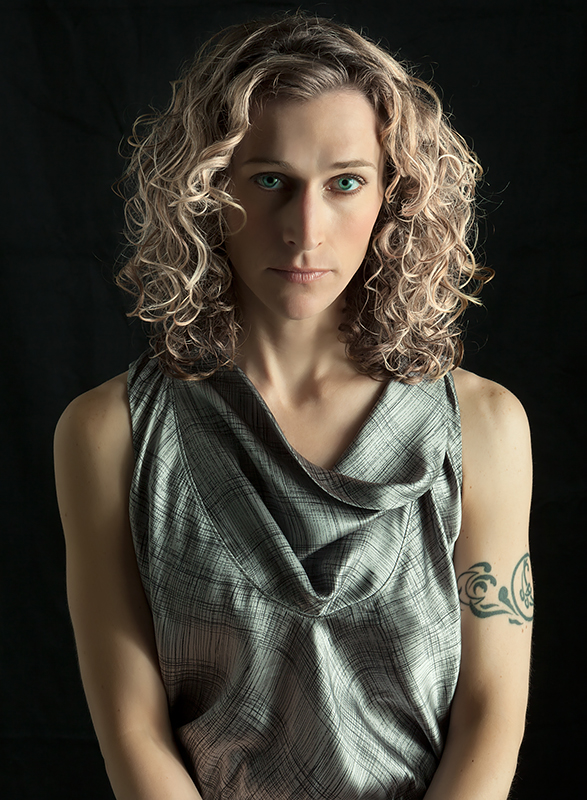Kerry Mansfield is a San Francisco based photographer whose work explores time and how it affects our perceptions of what we see and the world it envelops. Born in New Jersey in 1974, Kerry graduated with a Bachelor’s Degree in Photography from UC Berkeley and did further studies at CCA (California College of the Arts).
Her work has been exhibited globally and garnered numerous honors including LensCulture’s Single Image Award, multiple PX3, World Photography Organization and IPA Awards, and as a Critical Mass Finalist for three years. A host of press and publications, ranging from
Time Magazine's Lightbox to the
New York Times LensBlog, have featured several bodies of her work.
Kerry’s
Expired series monograph was released in spring 2017 receiving high praise from
The Guardian UK,
Architectural Digest,
BuzzFeed News,
Hyperallergic and and winning the PX3 Bronze Book Award. She's now currently creating a new body of work focused on tidal shifts as a metaphor for how time alters memories.
About Aftermath
"As a photographer, I've spent most of my career looking deeply into the spaces we inhabit. The idea of Home - what it meant and how it felt, preoccupied my thinking. Almost all my pictures were of the spaces we live in or the things we live with. But at the age of 31, a diagnosis of breast cancer forced me to redefine my ideas of home.
Needless to say it came as quite a shock. I had exercised and eaten correctly, and like many of my age, I felt indestructible, never thinking the most basic of dwellings could be lost. Faced with the nihilistic process of radical chemotherapy and surgery, my ideas of "where" I exist turned inward. As the doctors, with their knives and chemistry broke down the physical structure in which I lived, the relationship between the cellular self and the metaphysical self became glaringly clear. My body may not be me, but without it, I am something else entirely. I knew that my long held image of myself would be shattered. What would emerge would be a mystery.
It was in that spirit of unknown endings, that I picked up my camera to self document the catharsis of my own cancer treatment. No one was there when these pictures were made, just my dissolving ideas of self and a camera. And what began as a story that could have ended in many ways, this chapter, like my treatment, has now run its course. While I can't say everything is fine now, I will say, "These are the images of my Home - as it was then", and with a little luck, there will be no more to come." --
Kerry Mansfield
